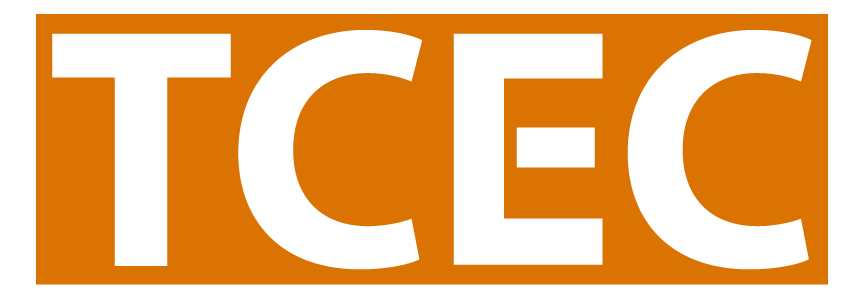
How Did We Get Here? Chronicling Project Headway with Progress Reports
by Robin Kipke
Progress reports.
How should we think of them, compile them, use them?
Confucius said, “Study the past if you would define the future.”
In order to learn from what’s gone before, a project’s history needs to be summarized and documented along the way. An account of which strategies worked (or failed) with this population or that one, must be chronicled and archived someplace easy to find.
Your project can go a lot further if it doesn’t have to continually start from square one! Instead, build upon the knowledge and experiences it has already collected.
Creating a roadmap of where the project has been (and how they ended up where they are) is especially smart to safeguard against staff turnover, either within the project or with evaluators. Many project directors can tell you what happens when key people on your team leave suddenly and you are left to figure out what needs to be done (or what has already been done) without much information to guide you!
Even without staff turnover, it’s helpful to have detailed records about the approach taken when working on an objective in more than one jurisdiction. You’ll need to describe that in your project’s interim and final evaluation reports.
So what exactly needs to go into your progress report? The required deliverables are spelled out in your plan. The Online Tobacco Information System (OTIS) marks activities that should be reported on with a red dot. Click on View to see what tracking measures should be submitted.
That’s all well and good, but how much detail should the activity summaries include? Provide enough of the specifics so that someone not involved can get a pretty good sense of how the project carried out the activity and how it furthered the objective. Focus on the WAHU factors:
W -- WHY was the project doing the activity? What was it supposed to accomplish?
A -- What did the ACTIVITY consist of? Who was involved/targeted? When and where did the activity take place? What were the main talking points? What materials were used/shared? What tactics were employed?
H -- What HAPPENED during/as a result of the activity? What reactions or support did it provoke?
U -- What UTILITY did the project have for the objective? How did the activity support/inform next activities? For some activities, a few sentences will suffice; others will require more depth and detail.
In a few paragraphs or a few pages, succinctly tell the story of what happened and why it may have made a difference for the project. Each summary is then as good as gold! And when submitted as tracking measures as part of your progress report, the document repository in OTIS becomes your project’s expertise vault, available for withdrawals at any time!
To see some examples of how to write up evaluation activities, check out “Reporting Results” on the Tobacco Control Evaluation Center (TCEC) website.
While you’re there, take a look at some of the different ways project staff and their evaluators can document organizational progress as it happens. Last year, we hosted a great webinar that featured the methods and tools of four guest speakers who shared how they go about preserving the details of program efforts.
If you have specific questions about writing evaluation activity summaries that are not covered in our resources, you can always contact the friendly folks at TCEC via tcecta@phmail.ucdavis.edu.
